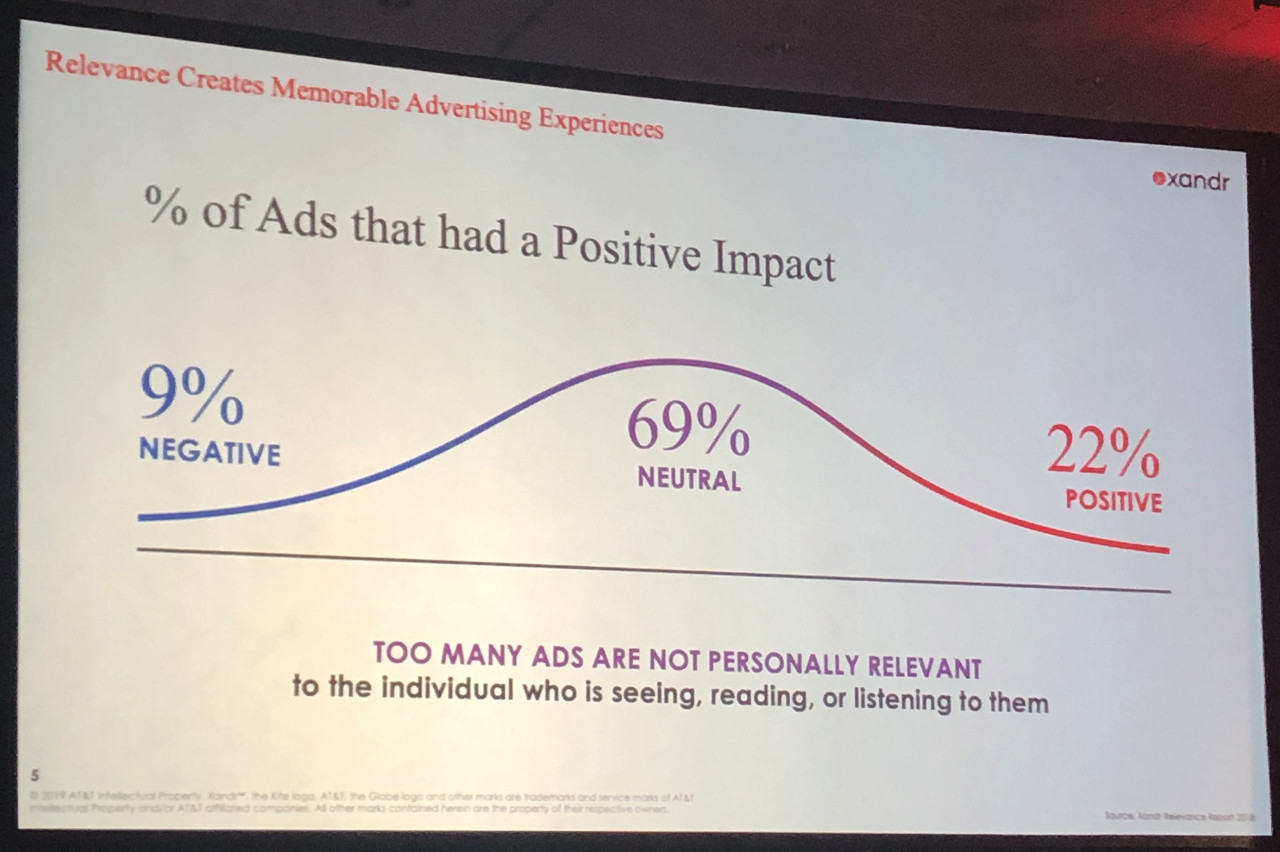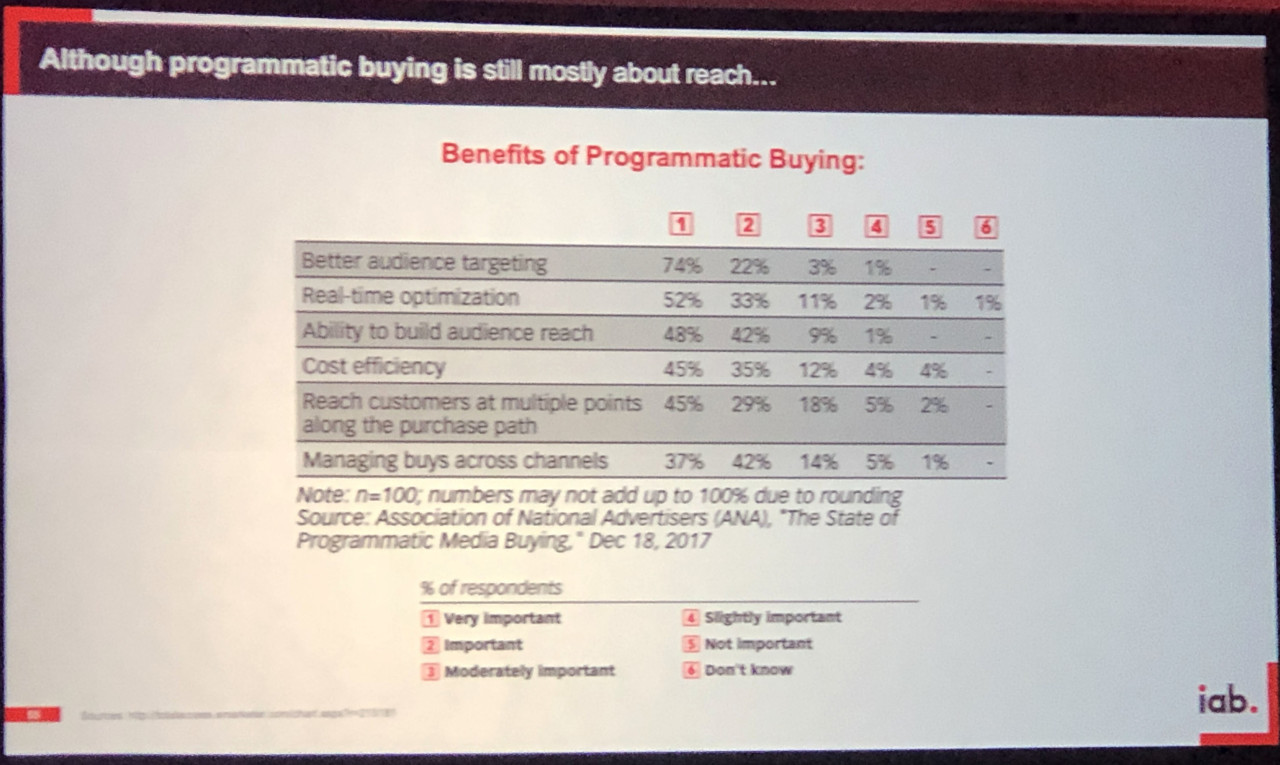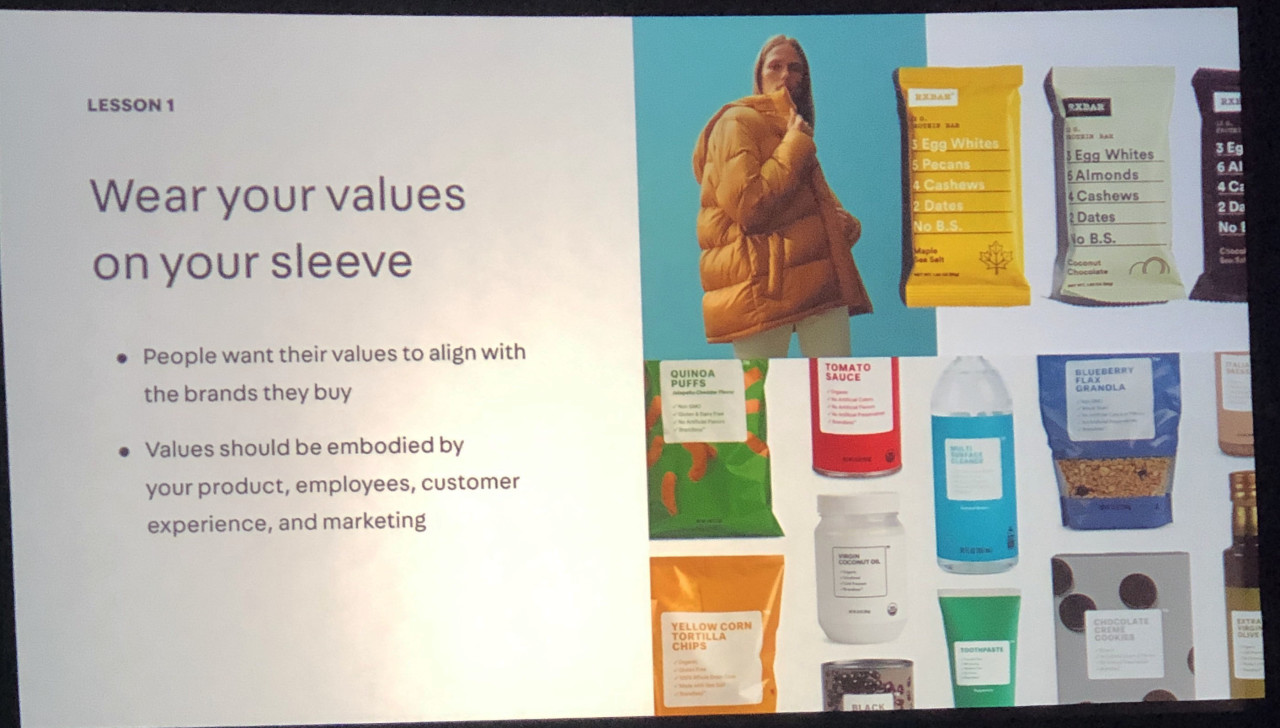
Almost every conference you attend nowadays there’s a lot of talk about how DTC brands are shaking things up, disrupting entire consumer categories and reworking the rules of marketing.
Think of recent headlines like: “Boxed CMO Makes the Leap to a General Manager Post at Clorox,” where a chief marketer from an online retailer made the leap to a mini CEO role at a DTC portion of a legacy brand’s business; or, “Tristan Walker on the Roman Empire and Selling a Start-Up to Procter & Gamble,” where a DTC health-and-beauty brand for African-Americans gets acquired by one of the world’s oldest consumer goods companies; or even, “TechCrunch unveils a subscription product, Extra Crunch,” where a 15-year old technology and startup focused content site (under the Verizon Media Group umbrella) launches a subscription product that offers readers exclusive content and additional features (and not content walls); and you begin to see a tale emerge featuring themes of better, richer consumer experiences, better customer intelligence, strong brand identity and everything you create is media—to name a few.
These types of themes rang loud and clear at the recent Industry Preview Conference, as well as the IAB Annual Leadership Meeting. But for all of the trendsetting digitally native consumer-focused ways in which DTC brands operate, there’s also a bit of nostalgia; as in everything old is new again.
Of course, that’s not quite all we learned, but even the lessons about data, stopping ad fraud, blockchain, the future of TV and media advertising—all sound like plays that were ripped out of the DTC playbook. And certainly, we’re not pretending that DTC brands have all the answers or that they’re always successful.
Lesson #1 Relevance and Context Still Matter
“The new currency is relevance.” – Brian Lesser, CEO, Xandr
Remember back in the day of print magazine dominance, and even on the Web for that matter, when advertising was sold against the content? When an auto advertiser was right next to an article about…that’s right, you guessed it—cars.
In the era of big data, with the mad dash after audiences and microtargeting, the lessons of old which taught us that contextual advertising could be really engaging got lost somewhere in the secret sauce.
“It’s time to transcend the feed and put contextual relevance on premium environments and not just disrupting the viewing experience.” -Laura Correnti, Partner, Giant Spoon & Co-Host, ADLANDIA Podcast
This is not the future of how we want to integrate content with advertising, said Lesser. “Viewers still love TV. They love premium content. There are too many commercials. Too much commercial time and far too many irrelevant ads,” he shared. “People don’t hate ads, they just hate the ones that aren’t relevant.”
For some publishers, developing a deep taxonomy can enable deeper insights into their audiences providing the ability to offer advertisers richer and more accurate targeting. Plus, those insights can be a boon to editorial planning. “You can deliver reach contextually and an experience that drives consumers to act,” says Alysia Borsa, Chief Marketing and Data Officer, Meredith Corporation.
Lesson #2 You Should Really Get to Know (and Respect) Your Customer
“We try to be an inclusive brand that listens to our customers.” – Heidi Zak, Co-Chief Executive Officer and Co-Founder, Third Love
Lesson #2, sort of continues where Lesson #1 leaves off. “First-party data is built on context. Lots of companies are just targeting behavior,” says Borsa. As consumer privacy gets more serious—cue the GDPR and CCPA regulations—consumer choice is also becoming increasingly important.
In TV, Lesser shared, budgets are moving away from FB (well because the advertiser doesn’t own the audience data) and back into TV lead by addressable TV, which enables delivering different ads to different households simultaneously—while watching the same program. It’s a way for advertisers to learn more about their audiences, gaining deeper insights and stronger ROI data.
Sounds like it’s time to merge and clean up all that first-party data that advertisers and media companies have about their audiences and start learning how to better identify the wants and needs of their customers, which will bring us directly to Lesson #3.
But wait. While it may sound like Lesson #1 (and maybe Lesson #2 too) are bashing programmatic, they’re not. Programmatic spend is continually trending upward because when it works, it really works. As first-party data gets better connected and more robust, it can be leveraged to drive programmatic. Reach and personalization are going to continue to be important, but the regs will eventually make a significant change in the way we get there.
Lesson #3 Customer Experience Over Everything
“For better or worse, user experience is our #1 mission.” – Stefanie Rapp, SVP Revenue Strategy, Bleacher Report
At, IABALM, Seth Dallaire, VP of Global Advertising Sales & Marketing, Amazon Advertising shared a quote from customer service experience She Hyken that appeared in Forbes July 15, 2018 — “Customer experience is the new brand.”
Digital media has changed the way consumers have come to think of brands. Consumers favor brands with a mission and a story and their brand preferences are driven by those things as well as speed and the feeling of exclusivity, but at the same time being part of a community.
“Make it clear where you stand as a brand; the values of why you do what you do. It can’t be an empty promise or marketing layer. Nobody wants to be sold to.” – JB Osborne, Co-Founder & Chief Executive Officer, Red Antler
Because DTC brands build 1-to-1 relationship with consumers, they have a wealth of data that helps them understand their customers on a much deeper level (see Lesson #2) and really listen to them.
With DTC brands, the brand is the experience. But one challenge that DTC brands have is keeping up the great customer experience they provide online in the offline world. “Scaling and maintaining customer experience scares us. Seeing what’s to come and having the right talent in house to make that work. I’m excited about our offline expansion and being able to design physical spaces with our store opening in NYC this year.,“ says Jessy Dover, Co-Founder and Creative Director, Dagne Dover.
In IAB CEO Randall Rothenberg’s presentation of the IAB 250 List, Powered by Dun & Bradstreet, which identifies 250 key direct brands worth watching he talked about digital identity becoming the consumer’s right. “It’s less about regulations and more about consumer expectations,” he said. We can expect more DMPs out of this because someone has to make sense of the data, he said. But the most important thing to come of the regulations is that it’s going to set the standard on how consumer experience is defined and delivered.
In essence, this lesson sums up the lessons that came before. The better you know and understand your audience the more relevant and contextual your creative can be. But creative is the key here. Advertising should be as rich as the premium consumer goods services and content experiences that consumers come to expect.
Related: AdMonsters Playbook: Aligning Regulatory Compliance & User Experience
Lesson #4 Content Is King, Again
“Content? We never stop creating it. You’re dead if you’re not continuing to create content .” – Bryce Goldman, CEO, Kopari Beauty
Remember I said that everything old is new again? Well now that content can be pushed outside of walled gardens, through social channels and even programmatically (especially branded content), the old adage is regaining a stronghold.
Especially for DTC brands who make content a priority. For them, content is media across every channel and the means of making a personal connection with consumer.
We’re also having new conversations about content as the King and creative as his clothes in the OTT experience and how we rebrand cable and network TV for new digital audiences. For instance, there was a conversation in a town hall, titled, “How Must Brands and Publishers Adapt to Accommodate the OTT Viewing Experience?” that focused on knowing which types of content are meant for which channels and better understanding which KPI you’re driving for in each. How you bring someone into the purchase funnel might be more about running a spot on Linear TV and surrounding it with content and experiences on social or HULU, built specifically for those channels, instead of simply duplicating what runs on linear in the OTT space.
“Facebook is a great place to build communities around linear and your IP,” says, Kelly Day, President, Viacom Digital Studios. MTV (and other Viacom properties like BET and Comedy Central) is reinventing MTV for a new generation on FB, IG, Twitter, YouTube and Snapchat. Not only cutting up and repurposing shows into digital bits, but also creating new shows and extension of shows specifically built for a specific distribution channel.
We all well know, it’s not only about how content—or advertising for that matter—are delivered across channels—it’s also about how they are delivered across devices. If a Super Bowl viewer moves from seeing an ad on the TV to searching on the tablet or the phone, how are you moving them through the funnel? That’s another part of the customer experience equation that needs to be solved for.
Of course none of these lessons are new. But along the way, some of them have been forgotten. As the landscape became fragmented and datasets grew larger, strategies were developed to chase or grab a bigger share and some forgot who they were and who their audiences were. DTC brands are simply reminding everyone of some basic lessons, they’re just packaged a little differently.


